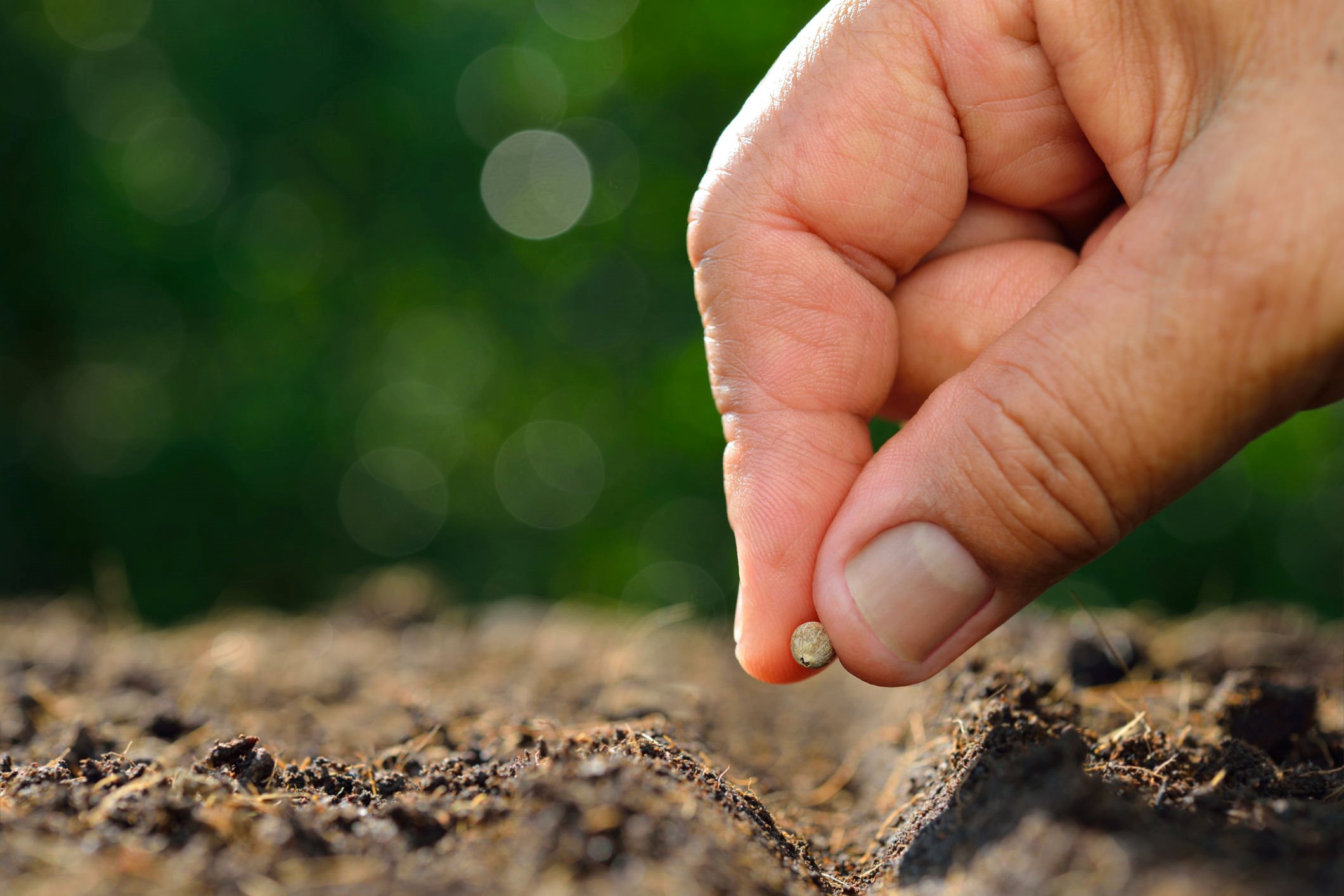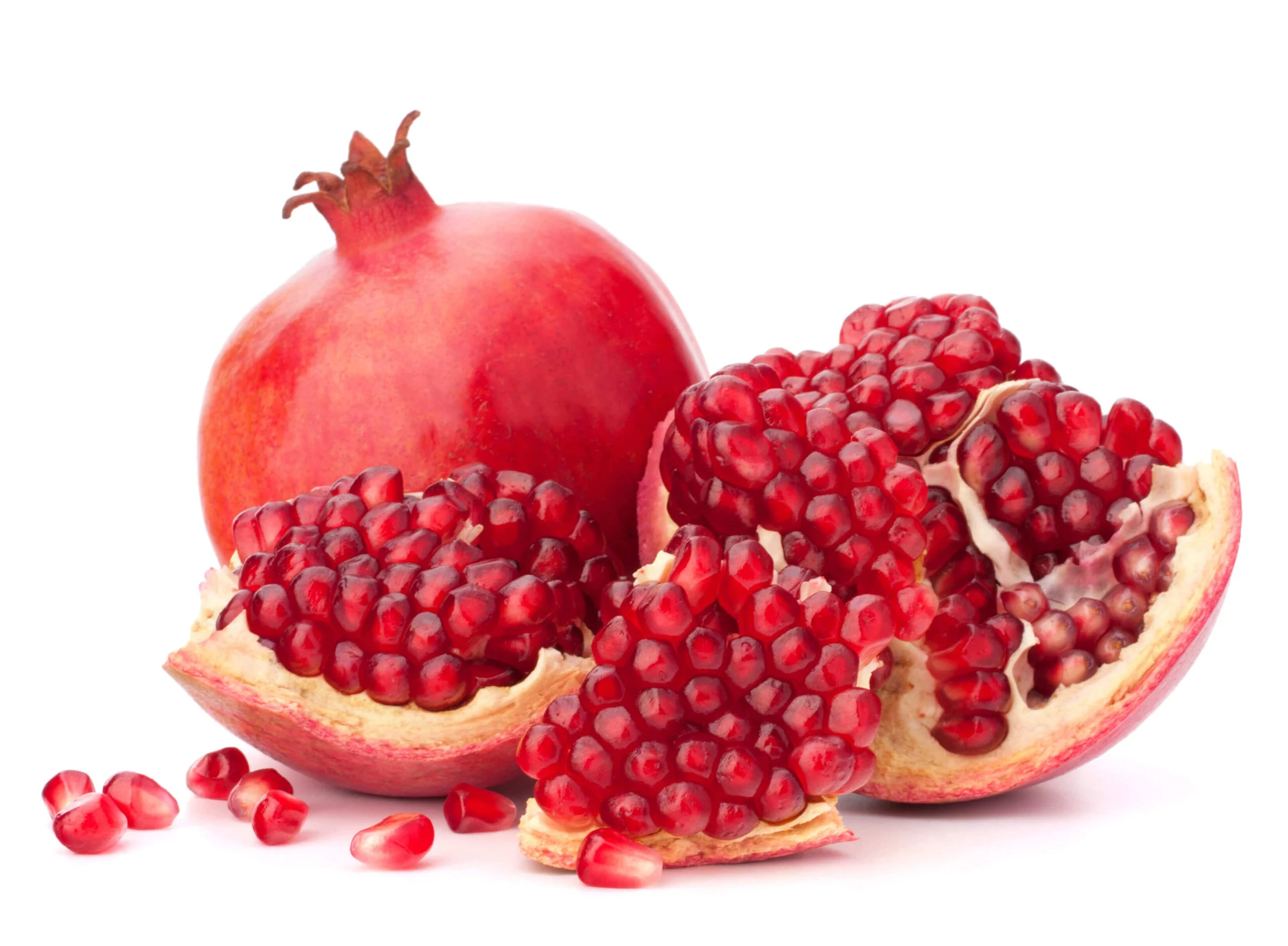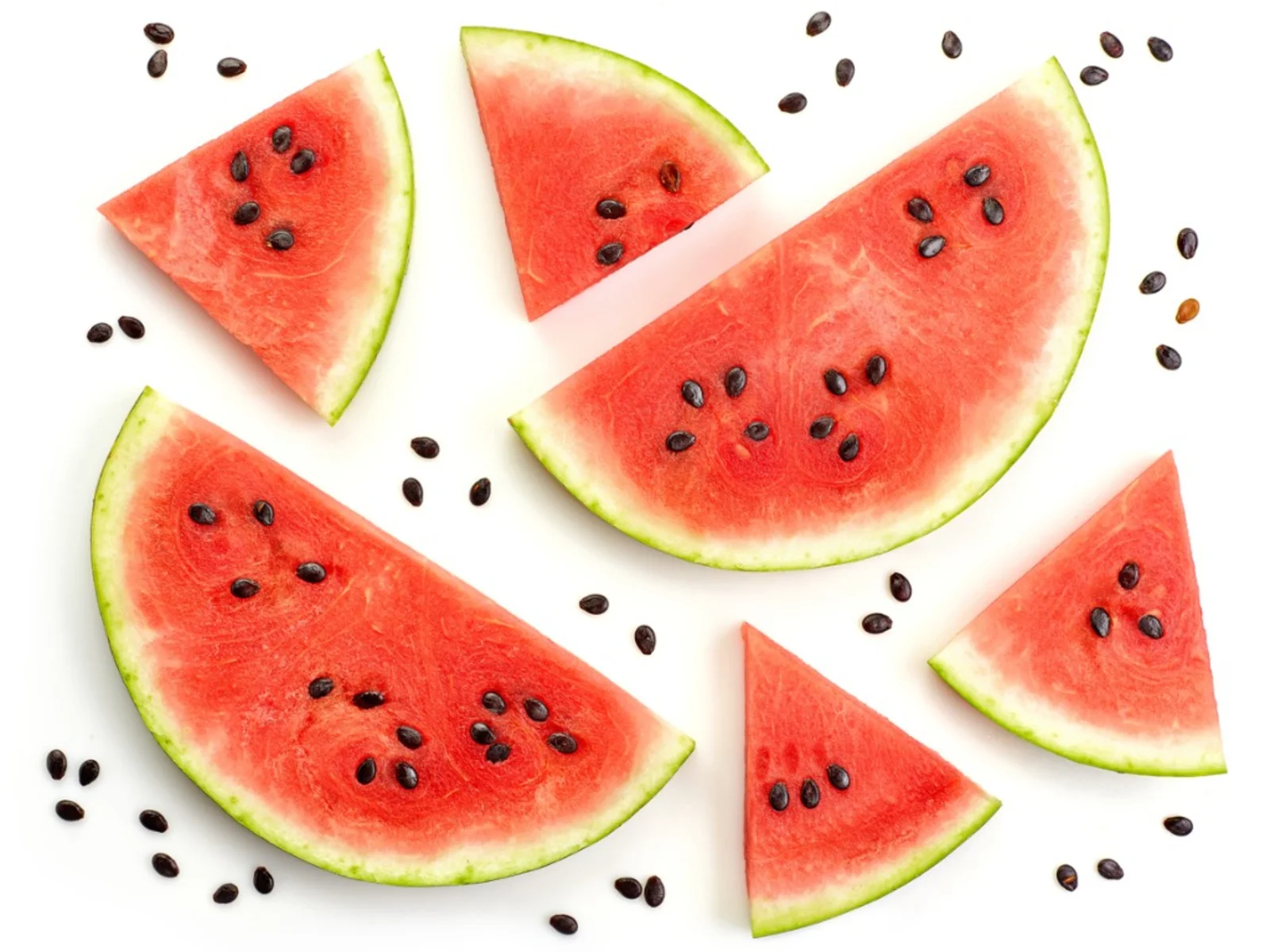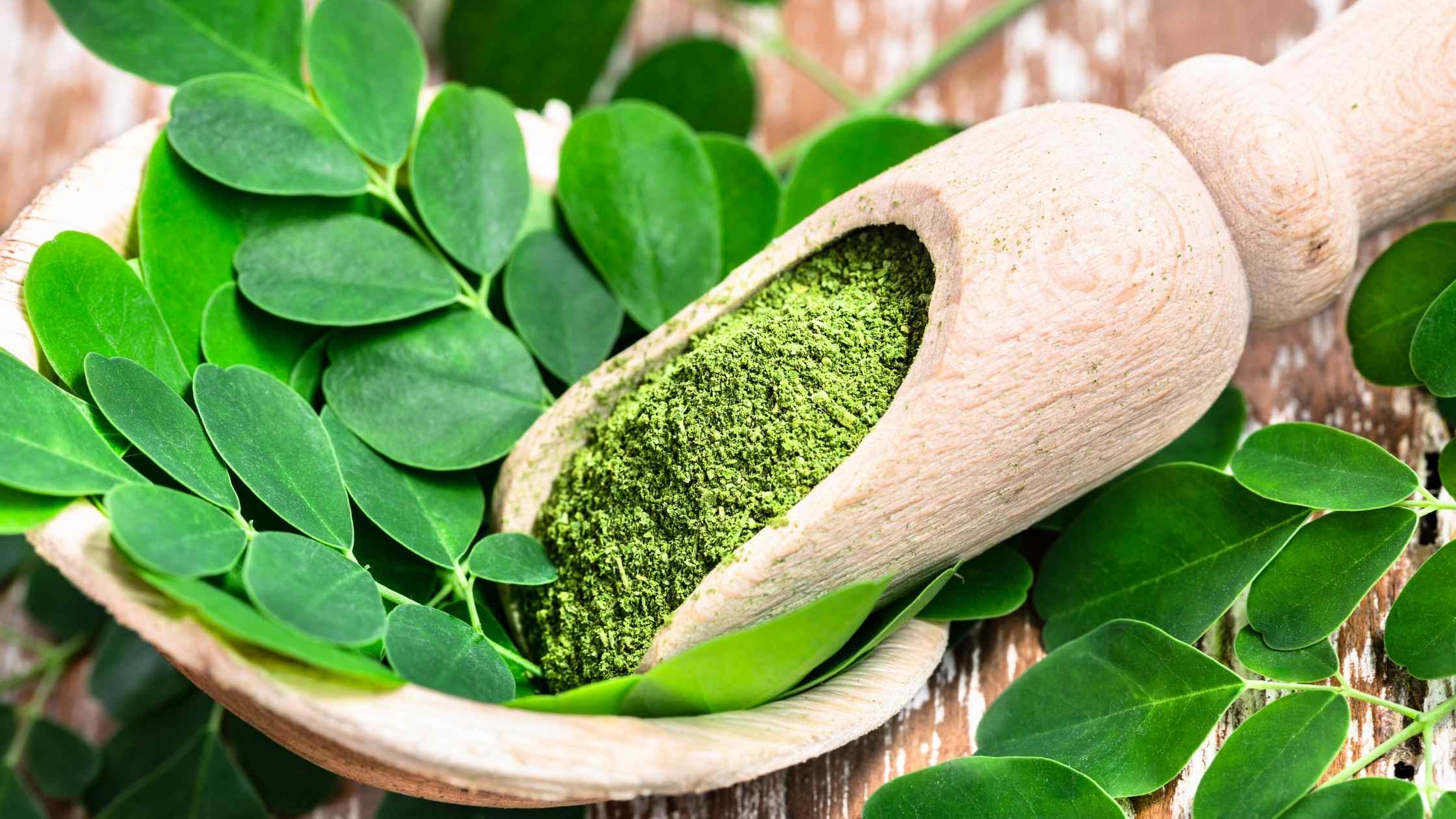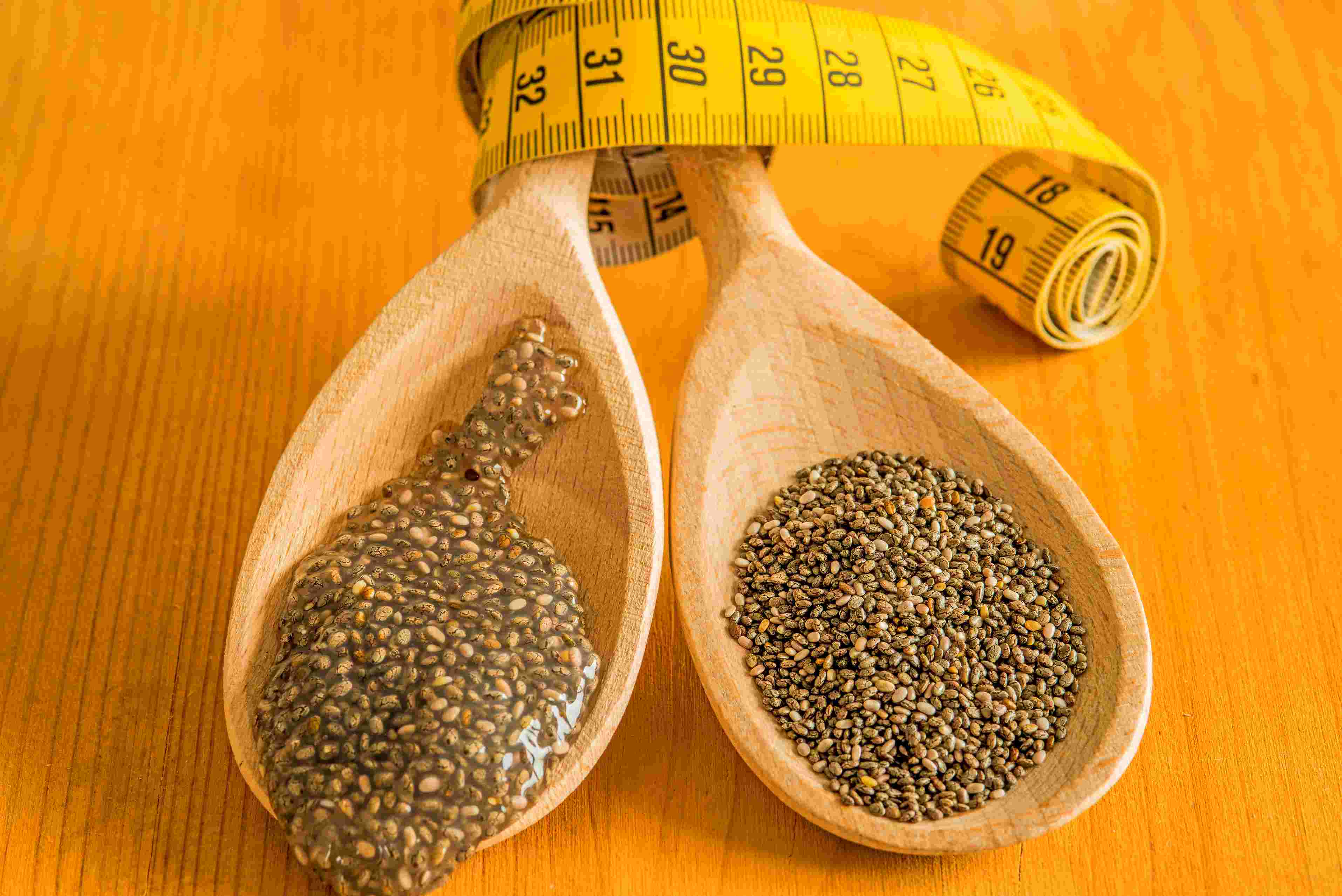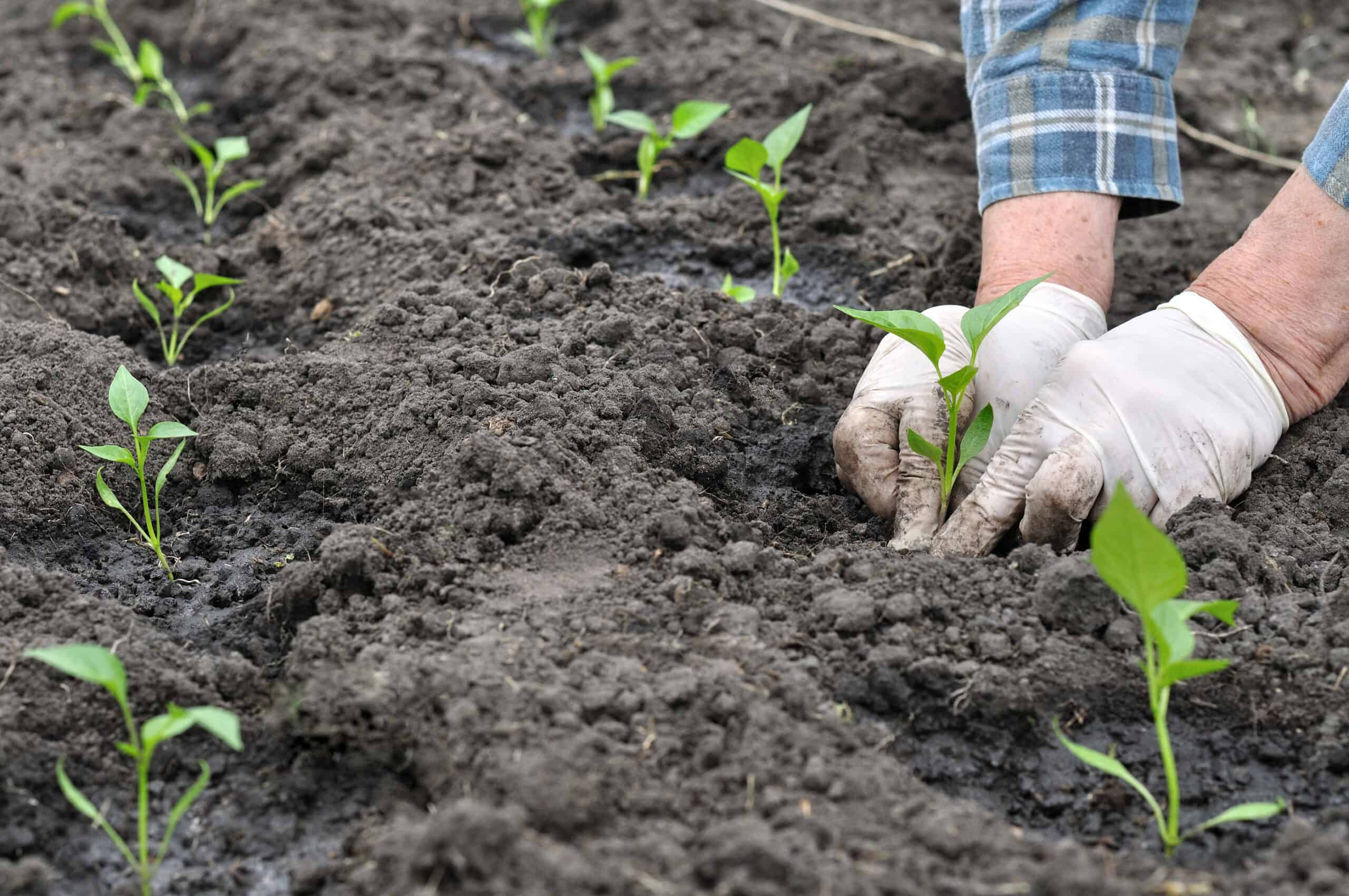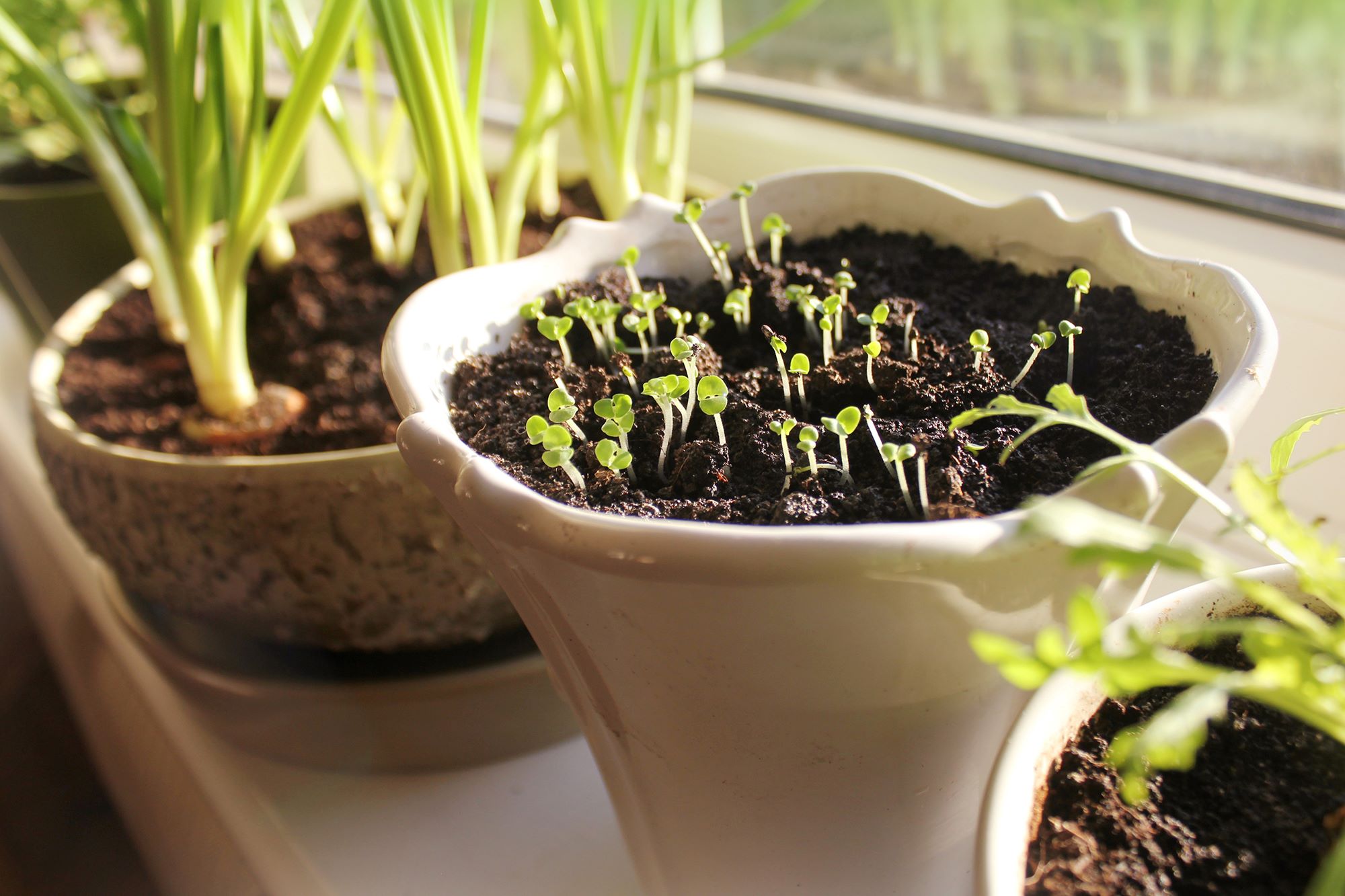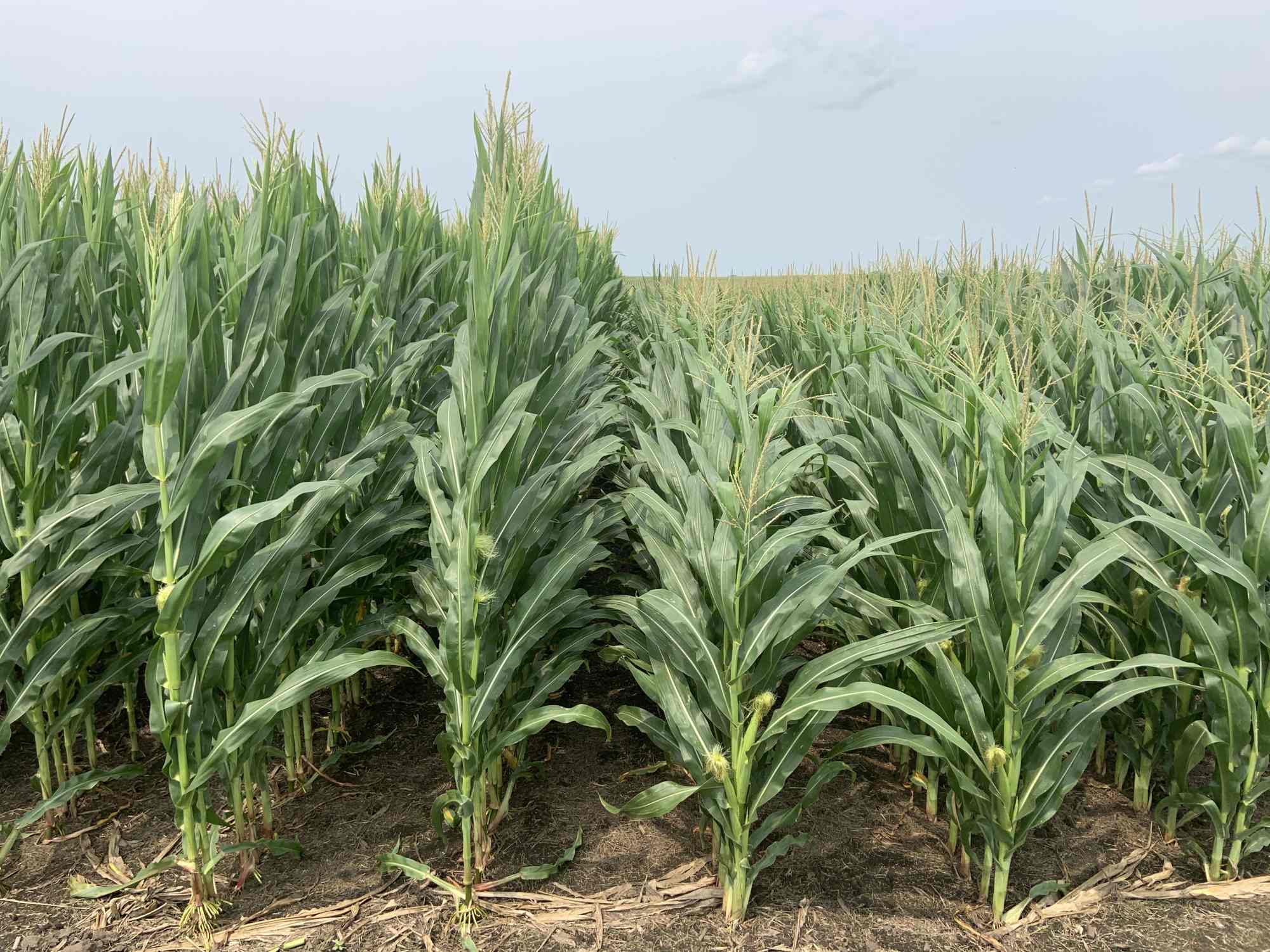Home>Gardening Tips and Tricks>Eco-Friendly Gardening>How Many Seeds In A Watermelon
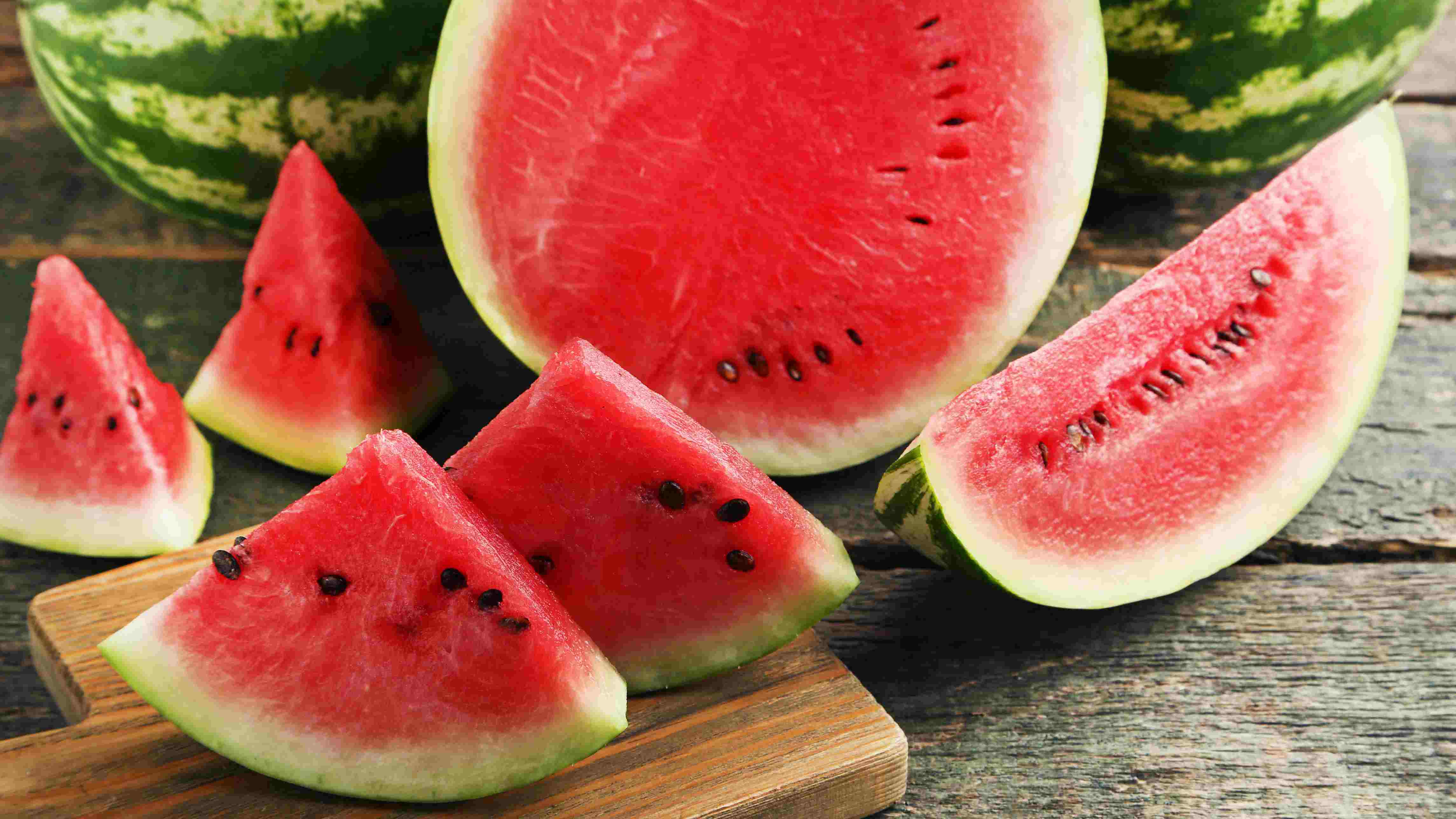

Eco-Friendly Gardening
How Many Seeds In A Watermelon
Published: September 12, 2023
Learn how to practice eco-friendly gardening and discover the answer to the question "How many seeds are there in a watermelon?" in this informative guide.
(Many of the links in this article redirect to a specific reviewed product. Your purchase of these products through affiliate links helps to generate commission for Chicagolandgardening.com, at no extra cost. Learn more)
Table of Contents
Introduction
Welcome to the refreshing world of watermelons! These juicy and sweet fruits are a favorite summertime treat for many. Whether you enjoy biting into a slice on a hot day or savor the flavor in a fruit salad, watermelons never fail to quench your thirst and satisfy your taste buds. But have you ever wondered about the seeds that reside within these delectable fruits?
In this article, we will dive into the fascinating world of watermelon seeds and explore the mysteries behind their abundance or absence. We will take a closer look at the anatomy of a watermelon, understand the factors that contribute to the number of seeds in a watermelon, and even touch upon the intriguing concept of seedless watermelons.
By the end of this article, you will have a better understanding of why some watermelons are seedier than others and be armed with knowledge to choose the perfect watermelon for your preferences. So, let’s get started and unravel the secrets of those tiny seeds hiding within the juicy flesh of a watermelon!
The Anatomy of a Watermelon
Before we dive into the world of watermelon seeds, it’s essential to understand the anatomy of this delicious fruit. Watermelons belong to the cucurbitaceae family, which includes other melons, cucumbers, and squash. They are classified as a fruit due to their development from the ovary of a flowering plant, but are often mistaken as a vegetable due to their culinary uses.
A typical watermelon consists of several parts. The outer rind, also known as the exocarp, is thick and tough, providing protection to the juicy flesh inside. Underneath the rind is the soft and succulent inner layer, called the mesocarp, which is responsible for the fruit’s sweetness and refreshing taste. Finally, we have the innermost part of the watermelon, called the endocarp, which houses the seeds.
Watermelon seeds are small and flat, usually black or brown in color, with a smooth and shiny surface. They are nestled within the white to yellowish flesh of the watermelon, arranged in intricate patterns. While their taste is mild and nutty, it’s the number of seeds in a watermelon that has piqued the curiosity of many.
Now that we have a basic understanding of the anatomy of a watermelon, let’s explore the factors that contribute to the variance in seed count among different watermelon varieties.
Understanding Watermelon Seeds
Watermelon seeds are not just tiny specks hiding within the fruit; they have an important role to play in the reproduction and survival of the watermelon plant. Each seed contains the genetic information necessary for the growth and development of a new watermelon plant. When conditions are favorable, these seeds germinate and give rise to new vines.
Watermelon seeds are packed with nutrients, making them a nutritious snack option. They are rich in protein, healthy fats, fiber, vitamins, and minerals, including magnesium, zinc, and iron. These seeds can be roasted, seasoned, or used as an ingredient in various dishes, adding a crunchy texture and subtle nutty flavor.
The number of seeds found in a watermelon can vary significantly. Some watermelons may have just a few seeds, while others can be densely packed with them. The seed count is influenced by several factors, including the variety of watermelon, pollination, growing conditions, and cross-pollination.
Watermelon varieties can be classified into two main types: seeded and seedless. Seeded watermelons, as the name suggests, have a higher number of seeds. These seeds are fully developed and can be used for planting purposes or consumed. On the other hand, seedless watermelons, as we will discuss in more detail later, have significantly fewer seeds, and often produce small, underdeveloped seeds that are not viable for germination.
Furthermore, the process of pollination plays a role in the seed count of a watermelon. Watermelons require pollination to produce seeds. Bees and other pollinators transfer pollen from the male flowers to the female flowers, leading to fertilization and seed development. Factors that affect pollination, such as the presence of pollinators and weather conditions, can impact the number of seeds in a watermelon.
Additionally, growing conditions such as soil quality, sunlight, and water availability can influence the health and development of a watermelon plant, including the production of seeds. Adequate nutrients and optimal growing conditions can result in larger fruits with more seeds, while unfavorable conditions may lead to smaller fruits with fewer seeds.
Lastly, cross-pollination can occur if different watermelon varieties are grown in close proximity. This can result in hybridization, where the seeds from the cross-pollinated fruits may exhibit characteristics of both parent plants or even produce new traits altogether. Cross-pollination can introduce variation in seed count and other characteristics among watermelons.
Now that we have a better understanding of the factors influencing seed count, let’s explore the average number of seeds found in different watermelon varieties.
Factors Affecting the Number of Seeds
The number of seeds in a watermelon can vary due to several factors. Understanding these factors can shed light on why some watermelons have more seeds than others. Let’s take a closer look at the key factors that influence seed count in watermelons:
1. Variety: Different watermelon varieties exhibit varying seed counts. Some variants, such as the heirloom or traditional varieties, tend to have more seeds. These varieties have been cultivated for generations, prioritizing the flavor and seediness of the fruit.
2. Pollination: Watermelons require proper pollination for seed development. The transfer of pollen from the male flowers to the female flowers is crucial for fertilization. The presence of pollinators like bees plays a vital role in this process. Inadequate pollination can result in fewer seeds or even seedless watermelons.
3. Growing Conditions: The growing conditions, including soil quality, temperature, sunlight, and water availability, can impact seed production. Optimal growing conditions provide the necessary nutrients and support for the development of more seeds. Conversely, unfavorable conditions can result in reduced seed count.
4. Seed Spacing: The spacing between watermelon plants can also affect seed production. If the plants are too crowded, competition for resources may limit seed development. Proper spacing allows each plant to receive adequate nourishment and contribute to seed production.
5. Cross-Pollination: When different watermelon varieties are grown in close proximity, cross-pollination can occur. Pollen from one variety can fertilize the flowers of another, leading to hybridization. The resulting fruits may exhibit different characteristics, including the number of seeds.
6. Farming Techniques: Farming practices, such as the use of fertilizers and pruning techniques, can influence seed count. Proper fertilization ensures that the plants have the necessary nutrients for seed development. Pruning techniques can help redirect plant energy towards fruit and seed production.
By considering these factors, growers can manipulate seed count to meet market demand and consumer preferences.
Now that we understand the factors that affect seed count, let’s explore the average number of seeds found in different watermelon varieties.
Average Seed Count in Different Varieties
Watermelon varieties can vary significantly when it comes to seed count. Some varieties are known for their abundance of seeds, while others lean towards being seedless. Let’s explore the average seed count in different watermelon varieties:
1. Seeded Watermelons: Seeded watermelons, also known as traditional or heirloom varieties, are known for their numerous seeds. These varieties can have anywhere from dozens to hundreds of seeds. The seeds are fully developed and can be used for planting or consumed as a snack.
2. Seeded Citrus or Icebox Watermelons: Citrus or icebox watermelons are smaller in size compared to standard watermelons. They typically have a higher seed count relative to their size, with an average of about 100 to 200 seeds. These watermelons are cherished for their refreshing flavor and are often enjoyed as personal-sized treats.
3. Seedless Watermelons: Seedless watermelons have gained popularity in recent years due to their convenience and ease of consumption. Contrary to their name, seedless watermelons do contain some underdeveloped and small seeds that are usually white or soft in texture. However, these seeds are considered functionally seedless as they are not viable for planting purposes. Seedless watermelons can have an average seed count ranging from zero to about 20 seeds.
4. Hybrid Watermelons: Hybrid watermelons are the result of cross-pollination between different watermelon varieties. These hybrids exhibit a range of seed counts, depending on the specific breeding goals. Some hybrid watermelons can have a higher seed count, while others may have reduced seediness due to the breeding process.
It’s important to note that while there are general trends in seed count for different varieties, individual watermelons can still vary. Factors such as growing conditions, pollination success, and genetics can influence the seed count within a specific variety as well.
Understanding the average seed count in different watermelon varieties can help you make an informed choice when selecting the perfect watermelon for your preferences. Whether you enjoy the ritual of spitting out seeds or prefer the convenience of a seedless variety, there’s a watermelon out there to satisfy your cravings!
Seedless Watermelons: How Do They Work?
Seedless watermelons have become increasingly popular in recent years, offering consumers a convenient and hassle-free eating experience. But have you ever wondered how these seedless varieties are grown and why they don’t have the same abundance of seeds as other watermelon varieties? Let’s explore the fascinating world of seedless watermelons and how they work.
Contrary to their name, seedless watermelons are not entirely without seeds. Instead, they contain small, underdeveloped, and usually soft or white seeds that are commonly referred to as “seed coats” or “flicker” seeds. These undeveloped seeds are the result of a complex breeding process that involves manipulating genetics and careful cross-pollination.
Seedlessness in watermelons is a genetic trait that is achieved through a process known as triploidization. Triploid watermelons have three sets of chromosomes instead of the usual two sets found in diploid watermelons. This extra set of chromosomes prevents normal seed development, resulting in almost seedless fruits.
The process of creating seedless watermelons starts with breeding two different watermelon varieties that have desirable traits. One of the parent plants is a diploid watermelon with normal seed development, while the other parent plant is a tetraploid watermelon with extra sets of chromosomes.
The tetraploid watermelon is created by exposing the plant to a chemical called colchicine, which doubles the number of chromosomes in its cells. This step, known as colchicine-induced polyploidization, results in a genetically modified watermelon plant with four sets of chromosomes.
When the diploid and tetraploid watermelon plants are crossed through pollination, the resulting offspring are triploid watermelons with three sets of chromosomes. These triploid watermelons have reduced fertility and produce underdeveloped seeds that are unable to mature properly or germinate.
While the seed coats in seedless watermelons are not viable for planting or starting new plants, they are generally consumed along with the fruit without causing any harm.
Seedless watermelons offer several advantages to consumers. Their flesh tends to be sweeter and more tender compared to seeded varieties, with a higher concentration of juice. The absence of mature seeds also eliminates the need for spitting out or removing seeds while eating, making them more convenient and enjoyable to consume.
It’s important to note that seedless watermelons still require pollination for fruit development. While they produce underdeveloped seeds, their pollination process may require the presence of bees or other pollinators to transfer pollen between male and female flowers.
Seedless watermelons have revolutionized the watermelon industry, providing a versatile and seed-free option for consumers. Whether you prefer snacking on slices or using them in refreshing summer recipes, seedless watermelons offer a delectable and low-maintenance option for enjoying the juicy sweetness of this beloved fruit.
Can You Predict Seed Count by Watermelon Size?
When it comes to predicting the seed count in a watermelon, it’s natural to wonder if there is a correlation between the size of the watermelon and the number of seeds it contains. Can we use the size of a watermelon as an indicator of its seed count? Let’s explore this question and find out if there is a reliable relationship between watermelon size and seed count.
While it may seem logical to assume that larger watermelons would have more seeds, the reality is that size is not always a reliable predictor of seed count. The number of seeds in a watermelon is influenced by various factors, including the watermelon variety, pollination success, and growing conditions.
Watermelon varieties can have different seed patterns, regardless of their size. Some varieties are naturally seedier and tend to have higher seed counts, irrespective of their overall size. Similarly, seedless watermelons, despite their lack of mature seeds, can vary in size, with some being small and others quite large.
Pollination also plays a significant role in determining seed count. Adequate pollination leads to fertilization and seed development. If a watermelon has experienced successful pollination, its seed count may not be directly proportional to its size. It is possible for a smaller watermelon with effective pollination to have a higher seed count than a larger watermelon with poor pollination.
Growing conditions can further complicate the relationship between watermelon size and seed count. Factors such as nutrient availability, watering practices, and temperature can influence the development of the seeds within a watermelon. Optimal growing conditions can result in larger fruits with a higher seed count, while unfavorable conditions may lead to smaller fruits with fewer seeds.
It’s also important to consider that even within the same watermelon size range, there can be variations in seed count. The distribution of seeds within a watermelon can fluctuate, with some watermelons having concentrated clusters of seeds while others have a more dispersed arrangement.
While watermelon size can provide a general estimation, it is not a foolproof method of predicting seed count. If you are specifically looking for a watermelon with a higher or lower seed count, it is best to consider the variety, growing conditions, and pollination success rather than relying solely on size.
Ultimately, the best way to determine the seed count in a watermelon is to cut it open and inspect the flesh. You can also consult with local farmers or refer to seed count information provided by seed suppliers for specific watermelon varieties.
So, while watermelon size may offer some insights, it is not a definitive indicator of seed count. Embrace the diversity of watermelons and explore their unique characteristics – from small, dense-seeded varieties to large, seedless delights – and enjoy the deliciousness they have to offer!
Enjoying Watermelon: Seeds or Seedless?
When it comes to enjoying watermelon, the debate between seeds and seedless varieties has divided many fruit enthusiasts. Each option comes with its own set of advantages and considerations. Let’s explore both sides of the argument and help you decide whether you prefer watermelon with seeds or seedless varieties.
Seeded Watermelons: Seeded watermelons offer a traditional experience that many people appreciate. The abundance of seeds adds a nostalgic touch and can evoke childhood memories of spitting out seeds during summer picnics. Some individuals enjoy the ritual and find it satisfying to remove the seeds as they savor each juicy bite. Seeded watermelons also tend to have a slight nutty flavor from the seeds, adding an extra dimension to the taste profile. Additionally, the seeds can be saved and used for planting, allowing you to grow your own watermelon plants if desired.
However, there are some downsides to seeded watermelons. Removing and spitting out seeds can be inconvenient, especially in social settings or when eating on the go. It can also be a deterrent for younger children who may find the presence of seeds bothersome. Additionally, some people may find the crunchiness of the seeds distracting from the overall texture of the fruit.
Seedless Watermelons: Seedless watermelons, on the other hand, offer a convenient and hassle-free eating experience. The absence of mature and fully developed seeds means you can enjoy every juicy bite without the need to remove or spit out seeds. This makes seedless watermelons an excellent option for quick snacking, picnics, and enjoying watermelon in various culinary applications. The smooth and tender texture of seedless watermelons provides pure enjoyment without any interruptions.
Seedless watermelons are particularly popular among those who prefer a hassle-free and more refined eating experience. They are also ideal for young children who may find seeded watermelons less appealing. However, it’s worth noting that seedless watermelons may contain small, underdeveloped and soft seeds that are usually consumed along with the flesh without any harm. While they are not viable for planting or germination, they do not interfere with the overall enjoyment of the fruit.
Ultimately, the choice between seeded and seedless watermelons comes down to personal preference and the specific occasion. If you enjoy the nostalgic ritual of removing seeds or plan to save them for planting, seeded watermelons may be the way to go. On the other hand, if you value convenience and a smooth eating experience, seedless watermelons offer a hassle-free option.
Whether you prefer the tradition and crunch of seeds or the convenience of a seedless variety, watermelons in all forms deliver a sweet and refreshing taste that is synonymous with summer. So, let your taste buds guide you and savor the juicy delight of watermelon, seeds or seedless!
Conclusion
Watermelons, with their tantalizing sweetness and refreshing juiciness, are a summertime favorite for many. Whether you prefer seeded or seedless varieties, these fruits offer a delightful treat that quenches your thirst and satisfies your taste buds. Understanding the anatomy of watermelons, the factors that influence seed count, and the differences between seeded and seedless options can enhance your appreciation for this beloved fruit.
The intricate world of watermelon seeds reveals the crucial role they play in the reproduction and survival of the plant. While seeded watermelons provide a traditional experience and offer the opportunity for seed-saving and planting, seedless varieties offer a convenient and hassle-free eating experience without the need to remove or spit out seeds. Both options have their own merits and cater to different preferences.
Factors such as variety, pollination, growing conditions, and farming techniques can all affect the seed count in a watermelon. However, size alone is not a reliable predictor of seed count, as other factors can influence the number of seeds within a watermelon. Each watermelon variety offers its own unique characteristics, whether it’s the abundance of seeds in traditional varieties or the convenience of virtually seedless options.
Ultimately, the choice between seeded and seedless watermelons is a matter of personal preference and the desired eating experience. Seeded watermelons offer a nostalgic appeal and the opportunity to enjoy the ritual of removing seeds, while seedless watermelons provide a seamless and hassle-free eating experience.
So, the next time you bite into a slice of watermelon, consider the secrets hidden within its juicy flesh. Whether you prefer to spit out seeds, save them for planting, or savor a seedless delight, watermelons are a true summer indulgence that never fails to bring joy and refreshment. Enjoy the unique flavors, textures, and colors that watermelons have to offer, and embrace the diversity of this wonderful fruit.
